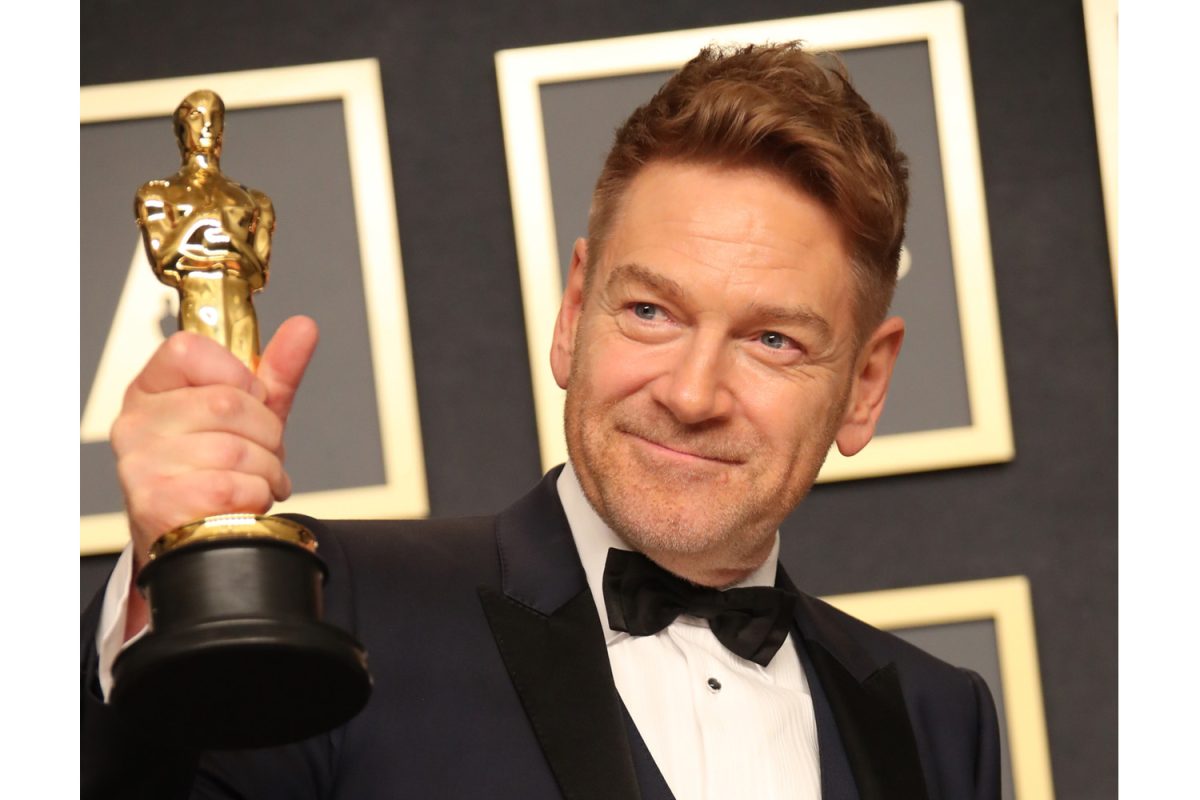I did not know what to expect from “A Haunting in Venice” as the lights of the movie theater dimmed, and previews flashed on the screen. When the trailers for horror films ran one after the other, I questioned if the movie would be a mystery or a thriller.
As the film progressed, I realized that it was a fusion of the two concepts. Adding the supernatural to an already bubbling pot of a classic murder mystery was a recipe for an excellent Friday night.
“A Haunting in Venice,” which premiered on Sept. 15, is based on author/playwright Agatha Christie’s book “Hallowe’en Party.” It is the third Agatha Christie book-to-movie adaptation, following “Death on the Nile” and “Murder on the Orient Express,” directed by Kenneth Branagh.
Set in post-World War II, Branagh played Hercule Poirot, a detective on the verge of retirement when his friend, Ariadne Oliver, played by Tina Fey, approached him with another case.
Oliver asked Poirot to attend a party at the dwelling of opera singer Rowena Drake, played by Kelly Reilly, whose daughter, Alicia, died by suicide after her fiancé canceled their engagement.
At the Hallows Eve celebration, the audience was introduced to a host of new characters: the housekeeper, the family doctor, his son, and Alicia’s ex-fiancé.
During a seance by Joyce Reynolds, played by Michelle Yeoh, to contact her daughter from beyond the grave, Poirot found that the circumstances of Alicia’s alleged suicide did not make sense. Shortly after, he began taking drastic measures to get answers.
In the beginning, the murderer seemed obvious. But, as the film went on, I started to suspect everyone little by little. Though each alibi seemed concrete, Branagh’s character picked them apart by recalling small details I hadn’t caught, making for a reveal that was all the more shocking.
Apart from the plot, one of the things that contributed to the thriller aspect was the marriage of lighting and sound in the film. Particularly, when Branagh’s character was looking into the dimly lit bathroom mirror. Suddenly, it became quiet enough for his breathing to be heard. I was startled when the room briefly darkened and a figure appeared in the mirror behind him.
This jumpscare went against the typical use of the unknown to catch me off guard. It kept the subject fully in the frame instead of either replacing him or cutting to a different shot. I was still thinking about it when I left, noting how much body simple aspects like light and sound can give to movies.
Overall, I went into “A Haunting In Venice” thinking that I would have probably solved the mystery myself, but Branagh effectively toyed with each shot enough to stir up doubts, effectively leaving room for the element of surprise.



